The rapid rise of AI chatbots has transformed the way we interact with technology, offering tools that cater to a variety of needs. Whether you’re looking for assistance with problem-solving, generating stunning images, creating compelling content, enhancing productivity, or simply engaging in intelligent conversation, there’s an AI chatbot designed just for you. However, with so many options available, it’s important to understand which platform aligns with your goals and preferences.
Each chatbot brings unique strengths to the table. Some excel in creativity, helping users brainstorm ideas, craft stories, or design visuals, while others are better suited for productivity, offering seamless integration with tools like email or document editors. Certain chatbots, like Meta AI, shine in generating images and videos, while options like Claude specialize in problem-solving with exceptional reasoning and context-handling abilities. Meanwhile, conversational powerhouses like Google Gemini stand out for their human-like dialogue and nuanced understanding.
To make the most of these tools, it’s essential to consider your primary use case. Are you a professional looking to boost efficiency, a creator seeking innovative inspiration, or a student needing assistance with research? This guide will break down the top chatbots by their standout features and price, helping you find the perfect AI assistant to enhance your workflow or spark your imagination.
Best overall: ChatGPT
The OG of AI chat
Specifications
Free plan, with limits: $0
Paid plan: $20/month
Reasons to buy
+ Rapid access to information Versatility in tasks Cost-effective resource
Reasons to avoid
- Occasional Inaccuracies Lack of emotional understanding

ChatGPT has become a standout in the world of conversational AI since its release in November 2022 by OpenAI. Its unparalleled combination of advanced features including ChatGPT Advanced Voice and searching the web, offer versatility and accessibility, making it a solid AI assistant.
One reason ChatGPT leads the pack, is its impressive skill set. Powered by OpenAI’s GPT-4o architecture, the chatbot excels in a variety of applications including writing tasks and creative support using ChatGPT’s natural language capabilities. Additionally, the AI’s STEM proficiency makes the chatbot highly capable in coding, debugging, and solving complex math problems.
This versatility means ChatGPT isn’t just a chatbot—it’s a comprehensive tool for productivity, problem-solving, and creativity.
OpenAI’s recent updates have supercharged ChatGPT, making it one of the most competitive chatbots on the market. With web browsing capabilities, ChatGPT can now access real-time information. It’s vision capabilities: The chatbot can analyze images, process and interpret large datasets and even review and summarize documents.
The recent enhancements addressed previous limitations, like knowledge cutoffs and no internet access, firmly establishing ChatGPT as the most well-rounded chatbot available. Users can customize ChatGPT’s functionality to meet their specific needs
From either a browser or via mobile, using ChatGPT is easier than ever. OpenAI removed login requirements for basic usage, allowing users to instantly start conversations. Advanced features still require a free account, and subscribing to ChatGPT Plus unlocks even more capabilities with GPT-4o’s enhanced functionality.
ChatGPT’s free version is incredibly robust, offering text generation, math problem-solving, and basic coding. For those needing more advanced tools, such as Advanced Voice, the subscription-based ChatGPT Plus delivers additional value without locking essential features behind a paywall. This makes ChatGPT accessible to a broader audience while still catering to power users.
While competitors like Microsoft Copilot and Google Gemini offer strong alternatives, ChatGPT stands out for its seamless combination of advanced features and simplicity. The breadth of ChatGPT’s applications have proven unmatched in the AI chatbot category.
Pricing: You don't need an account to use the free version, but ChatGPT Plus costs $20 a month. It is widely available.
Best ChatGPT alternative: Microsoft Copilot
The next best thing to ChatGPT
Specifications
Free plan : $0
Pro subscription: $20/month
Reasons to buy
+ Accessibility Multimodal capabilities Seamless integration with Google’s ecosystem
Reasons to avoid
- Dependency on Google ecosystem Privacy concerns
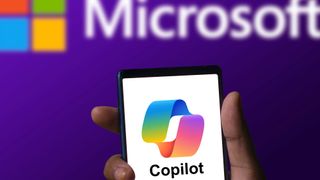
For those seeking an AI-powered chatbot with functionality rivaling ChatGPT, Microsoft Copilot emerges as the strongest alternative. With its deep integration into Microsoft’s ecosystem, free accessibility, and advanced capabilities powered by OpenAI’s GPT-4 Turbo, Copilot combines ease of use with cutting-edge AI technology, making it a compelling choice for a wide range of users.
Microsoft Copilot runs on GPT-4 Turbo, an iteration of OpenAI’s language model that offers nearly identical capabilities to ChatGPT’s GPT-4o, integrated into Windows 11. While ChatGPT has the advantage of advanced multimodal input and output capabilities, Copilot matches most of its features.
Copilot can access the web for current events and live information, making it ideal for up-to-date searches. Similar to ChatGPT, Copilot provides links to its sources, ensuring transparency and reliability. Using DALL-E via Microsoft Designer, Copilot can generate, edit, and customize visuals, plus the chatbot can analyze documents to summarize or review.
What sets Copilot apart is its deep integration into Microsoft’s suite of tools. Unlike standalone AI tools, Copilot is embedded in products like Windows 11, which is available directly in the operating system for smooth access. Because of this, Copilot integrates seamlessly into Microsoft 365 apps including Word, Excel, PowerPoint, and Outlook, enabling users to draft emails, create presentations, and analyze data. Integrated within the Edge browser, Copilot acts as a partner for web searches, enhancing browsing experiences with contextual answers and recommendations.
Copilot’s latest updates include Voice Mode. Built on OpenAI’s Advanced Voice, this feature allows for natural, conversational interactions and is available for free—unlike ChatGPT’s paid voice capabilities. Users can also tailor Copilot’s responses to specific needs, making it versatile for personal and professional use. Additionally, Copilot’s add-on functionality includes generating music with Suno AI and designing with DALL-E in Designer, for expanded functionality, catering to a variety of creative and professional tasks.
Copilot benefits from Microsoft’s unique approach to AI integration. As the largest investor in OpenAI, Microsoft has fine-tuned GPT-4 Turbo for Copilot, optimizing it for creativity, accuracy, and alignment with its ecosystem. This strategic partnership ensures that Copilot remains competitive, while its Microsoft branding guarantees stability and ongoing innovation.
Microsoft Copilot stands out as the best ChatGPT alternative for its combination of advanced features, seamless integration, and free accessibility. Whether you’re looking for a personal assistant, a productivity enhancer, or a creative tool, Copilot offers a versatile and polished experience tailored.
Pricing: Microsoft Copilot’s accessibility is a major advantage. The free version is available to anyone via Bing or via the website, requiring no account setup. For enhanced features, the $20/month Microsoft Copilot Pro subscription includes advanced access to Microsoft 365 tools, offering excellent value compared to similar AI offerings.
Best chatbot for problem-solving: Claude AI
Tackles problems
Specifications
Free plan, with limits: $0
Pro plan: $20/month
Reasons to buy
+ Exceptional problem-solving capabilities Human-like interaction Workflow efficiency
Reasons to avoid
- Limited multimodal features Message limits in free version Reliance on pro features
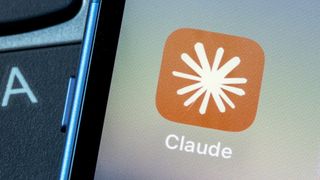
When it comes to tackling complex problems, Claude AI, developed by Anthropic, stands out as the best AI chatbot for problem-solving. Its human-like conversational style, advanced reasoning abilities, and unique features including a new desktop app and dictation support, make it an invaluable tool for users needing assistance with tasks ranging from coding to research, writing, and beyond.
Claude AI sets itself apart with its natural, tutor-like conversational flow. Unlike other AI chatbots, Claude doesn’t just answer questions—it engages with users through thoughtful follow-up questions to ensure deeper understanding and better solutions. For example, when asked, "What is the meaning of life?" Claude not only provides a comprehensive answer but also follows up with, "Would you like me to elaborate on any of these perspectives or explore this question further?" This human-like interaction creates a collaborative problem-solving experience that other chatbots, including ChatGPT, often lack.
Powered by the Claude 3 model family, this AI excels in reasoning and critical thinking, making it particularly effective for problem-solving. Claude’s ability to understand and respond to complex questions is bolstered by its multimodal capabilities, including analyzing documents, photos, and graphs.
For instance, its extended context window—among the largest in the industry, reaching up to 1 million tokens for specific use cases—allows it to handle large datasets and multi-faceted problems efficiently. This is ideal for users managing intricate tasks, like analyzing research documents or debugging extensive code.
Claude’s new features enhance its problem-solving utility. Dictation support enables users to input prompts verbally, streamlining workflows for those who prefer or need voice-based interaction. The Artifacts tool allows users to run code in the browser or save content for later use, making it easy to iterate on solutions or revisit previous work. Project Library, which is a centralized space for shared work and ideas, fosters collaboration and iterative problem-solving.
These features integrate seamlessly with Claude’s desktop apps for Windows and macOS, allowing users to solve problems directly from their computers while multitasking across documents, spreadsheets, and presentations.
Claude’s massive context window allows it to process and understand complex, multi-step searches without losing track of previous conversations. This makes it especially useful for professionals and students working on research projects, coding applications, or detailed analysis. Its ability to maintain coherent and meaningful responses across lengthy conversations provides a clear advantage in tasks requiring extended problem-solving.
Yet, the chatbot still has room for improvement. What Claude lacks in image generation capabilities, it excels at creating detailed prompts for tools like MidJourney, enabling users to achieve similar results indirectly. Its occasional message limits in the free version can pose challenges for heavy users, but the Pro plan largely alleviates this issue.
Overall, Claude offers a superior problem-solving experience that feels less like interacting with a machine and more like working alongside an intelligent partner.
Pricing: While Claude’s free version offers versatile capabilities, the $20/month Claude Pro plan is a worthwhile upgrade for users who need higher usage limits and access to the Opus model for even more advanced functionality.
Best chatbot for image-generation: Meta AI
Social media pal
Reasons to buy
+ Free Superior image quality Seamless platform integration
Reasons to avoid
- Privacy concerns Potential ethical concerns
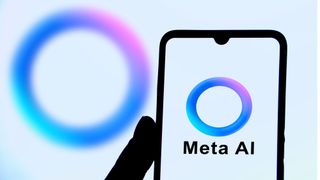
Meta AI has quickly established itself as a leading force in the world of generative AI, particularly in image creation. Built on Meta’s advanced Llama 3.2 model, Meta AI offers ease of use, integration across familiar platforms like Facebook and Instagram, and cutting-edge features that make it the best AI chatbot for image generation.
Meta AI’s image generation capabilities rival top tools like OpenAI’s DALL-E but stand out for their simplicity and accessibility. Users can effortlessly create stunning visuals by typing commands like “imagine/” followed by a description (e.g., “Imagine/ a cat riding a skateboard”). This intuitive interface makes it easy for anyone—whether a novice or a seasoned designer—to explore their creativity without a steep learning curve.
Additionally, Meta AI is free and embedded within platforms that billions of users already interact with daily, such as Facebook Messenger, Instagram, and WhatsApp. This integration means you don’t need separate apps or subscriptions to access powerful image generation tools, making creativity more accessible than ever.
Meta AI doesn’t stop at generating static images. It introduces a unique feature that transforms generated visuals into short, gif-like videos—ideal for social media posts and storytelling. This ability to bridge still images and video gives Meta AI a significant edge over competitors like ChatGPT and Google’s Gemini AI, neither of which offer built-in video creation.
Furthermore, Meta AI integrates seamlessly into Meta’s ecosystem, allowing users to refine their generated images using tools like the Ray-Ban smart glasses for hands-free prompts or in-app editing on social platforms. These features make Meta AI not just a tool but a creative partner for visual storytelling.
Unlike standalone AI tools, Meta AI leverages user data (with some controversy) to deliver highly personalized content. This customization ensures that the images and videos it generates align with user preferences and current trends. Integration with social platforms also means users can easily share and collaborate on their creations, enhancing the experience for content creators and casual users alike.
Meta AI’s voice mode adds another layer of accessibility, allowing users to dictate their image prompts instead of typing. With voice options, including celebrity replicas like Dame Judi Dench or John Cena, the interaction feels engaging and dynamic. This feature makes Meta AI not only fun but also inclusive for users who may prefer or need voice-based input.
While Meta AI excels in accessibility and functionality, it has faced scrutiny over data privacy and ethical concerns, particularly given Meta’s track record with user data. However, the company has implemented safeguards like content moderation and bias filters to mitigate potential misuse. As these systems evolve, Meta AI’s commitment to responsible innovation will be critical to maintaining user trust.
Meta AI is redefining the landscape of generative AI with its intuitive, accessible, and feature-rich image generation tools. From static visuals to dynamic videos, it offers unparalleled capabilities that seamlessly integrate into platforms billions of people already use. Whether you’re a content creator, a social media enthusiast, or someone exploring AI for the first time, Meta AI’s versatility and user-friendly design make it the best chatbot for image generation today.
Pricing: Unlike its competitors, Meta AI is entirely free to use. Whether accessed through its standalone chatbot at meta.ai or within Meta’s apps including Facebook, Instagram, and WhatsApp, users can dive into advanced image generation without any financial commitment. This democratization of AI tools ensures that creativity is within reach for everyone.
Best chatbot for conversations: Google Gemini
Google's go-to
Specifications
Free, with limits: $0
Pro plan: $19/month
Reasons to buy
+ High accuracy Multimodal integration Deep ecosystem integration
Reasons to avoid
- Privacy concerns Dependency on Google ecosystem
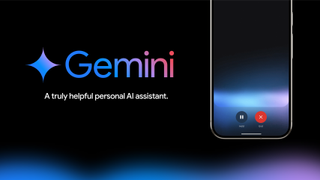
Google Gemini, the tech giant’s next-generation AI model, is redefining the standard for text-based interactions. As the latest evolution of Google's AI capabilities, Gemini combines conversational fluency, advanced reasoning, and deep integration with Google’s ecosystem. Its user-friendly design and cutting-edge features make it the best AI chatbot for engaging in intelligent text conversations.
Google Gemini’s strength lies in its conversational abilities. Built with state-of-the-art natural language processing (NLP) and multimodal capabilities, Gemini can handle complex questions and provide nuanced, context-aware responses. Its ability to understand and respond in a human-like manner makes it a good choice for deeper, more meaningful conversations.
Gemini excels at sustaining dialogue, clarifying ambiguities, and asking intelligent follow-up questions. This makes it feel less bot-like and more of a human-like, conversational partner, ideal for casual chats and brainstorming.
Yet, Gemini isn’t just about text—it’s a multimodal powerhouse capable of understanding and integrating inputs from text, images, and potentially videos. While its text capabilities are its primary strength, its ability to generate images, analyze visual data, and weave it into conversations is a game-changer.
For instance, a user can upload an image and discuss its context, ask for detailed analysis, or even request a creative reinterpretation—all seamlessly integrated into the flow of conversation. This versatility enriches text-based interactions and provides users with a truly dynamic experience.
One of Gemini’s biggest advantages is its seamless integration with Google’s suite of tools and services. Whether you’re using Google Workspace, Search, or Maps, Gemini enhances functionality by providing smart, contextual suggestions directly within your workflow.
For example, while writing in Google Docs, Gemini can act as a writing assistant, offering real-time edits, style suggestions, or even creative brainstorming. Its ability to pull live data from Search or integrate with Gmail for drafting emails makes it an invaluable tool for professionals and everyday users alike.
Gemini boasts a deeper contextual memory than most other chatbots, enabling it to remember details from earlier parts of a conversation. This allows for more coherent and personalized interactions, as it can build on previous exchanges rather than starting from scratch each time. Whether you're asking for career advice, troubleshooting an issue, or working on a creative project, Gemini ensures your conversation feels consistent and tailored to your needs.
With access to Google’s vast data resources, Gemini delivers highly accurate and reliable responses. Unlike some competitors prone to “hallucinations” (inaccurate or fabricated answers), Gemini is designed to prioritize factual accuracy. Google has implemented rigorous testing and safety protocols to ensure ethical and responsible AI use, including bias mitigation and clear attribution of sources.
Gemini represents Google’s vision for the future of AI-driven communication. Its constant updates and iterative improvements mean users benefit from cutting-edge technology, backed by one of the most innovative companies in the world.
Google Gemini sets the benchmark for conversational AI by blending advanced text-based capabilities, multimodal integration, and seamless ecosystem support. Whether you’re seeking a chatbot for casual conversation, professional assistance, or creative collaboration, Gemini delivers an experience that feels intelligent, intuitive, and deeply personalized. With its unparalleled conversational fluency and Google’s backing, Gemini firmly establishes itself as the best AI chatbot for text conversations.
Pricing: Google Gemini’s free tier offers robust capabilities that are more than sufficient for most users, making advanced conversational AI widely accessible. For power users, a premium subscription unlocks even greater processing power, enhanced memory capabilities, and priority access to new features, ensuring Gemini stays ahead of the competition.
More from Tom's Guide
- 5 tips for getting the most out of SearchGPT
- I use these 7 prompts to unlock ChatGPT's full potential
- I put Apple Image Playground to the test, and it's better than I expected
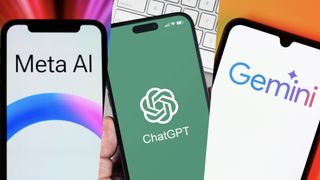
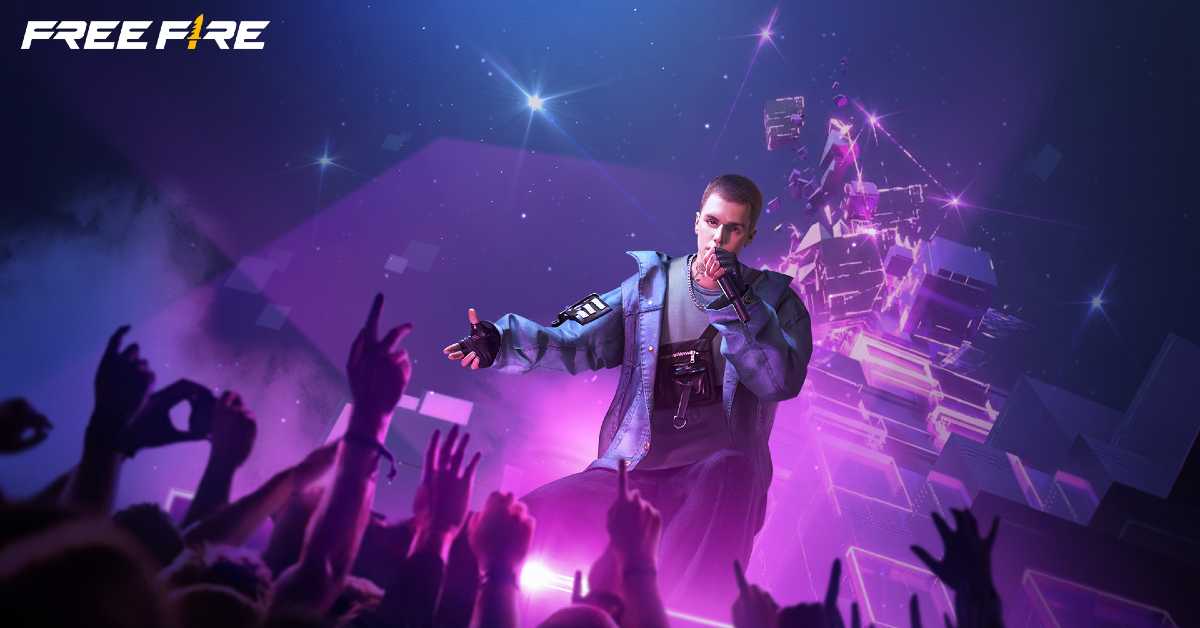

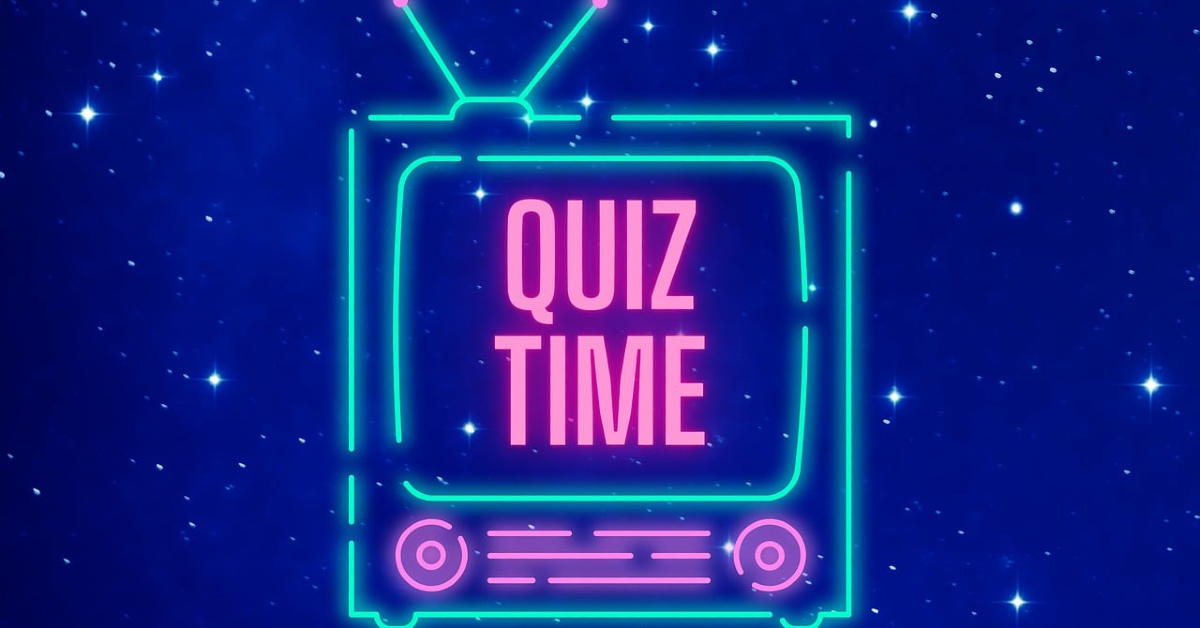
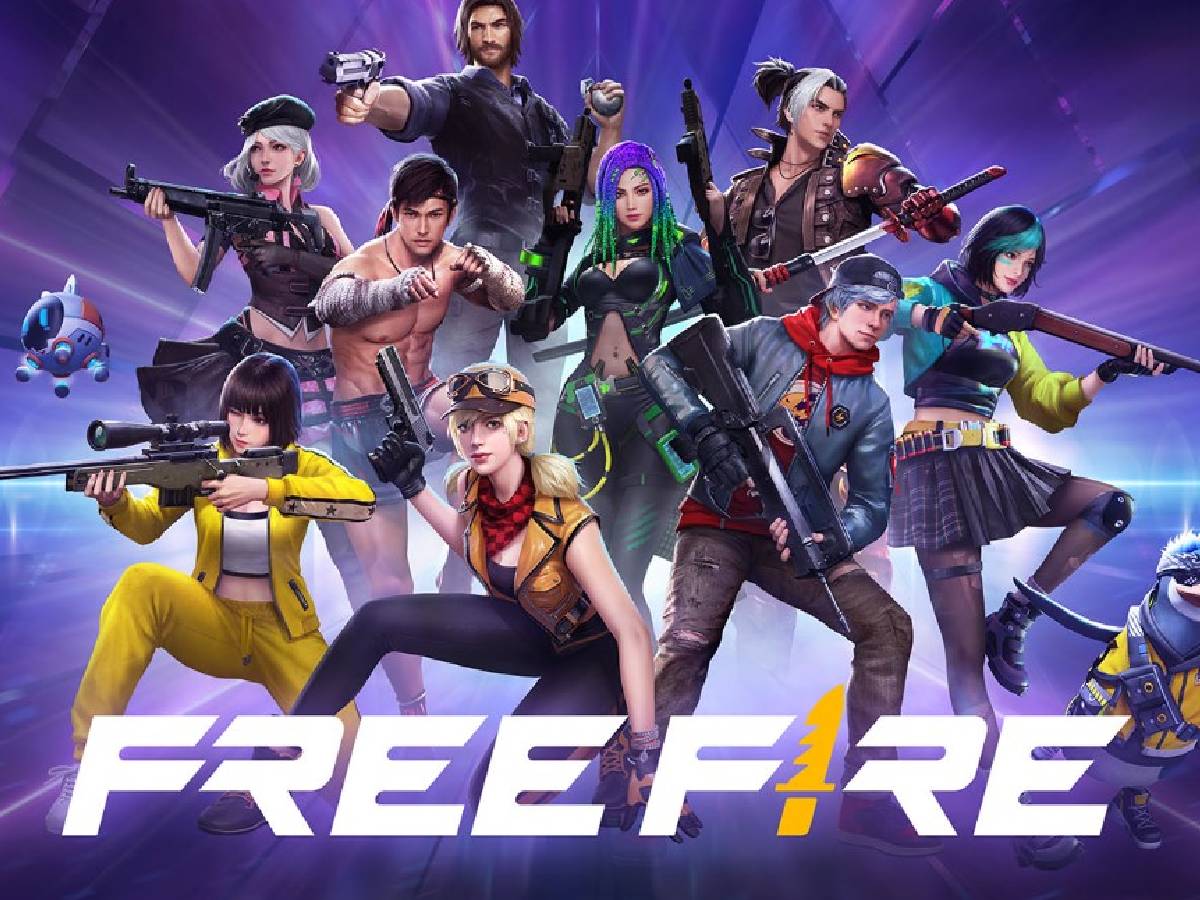


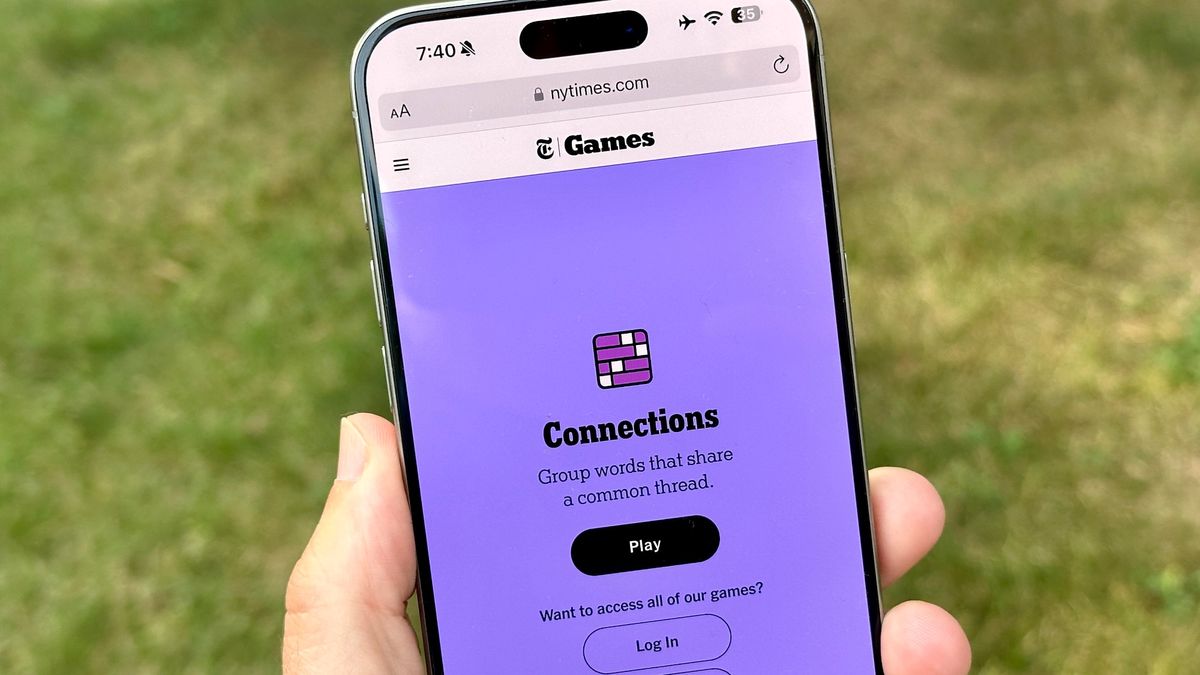



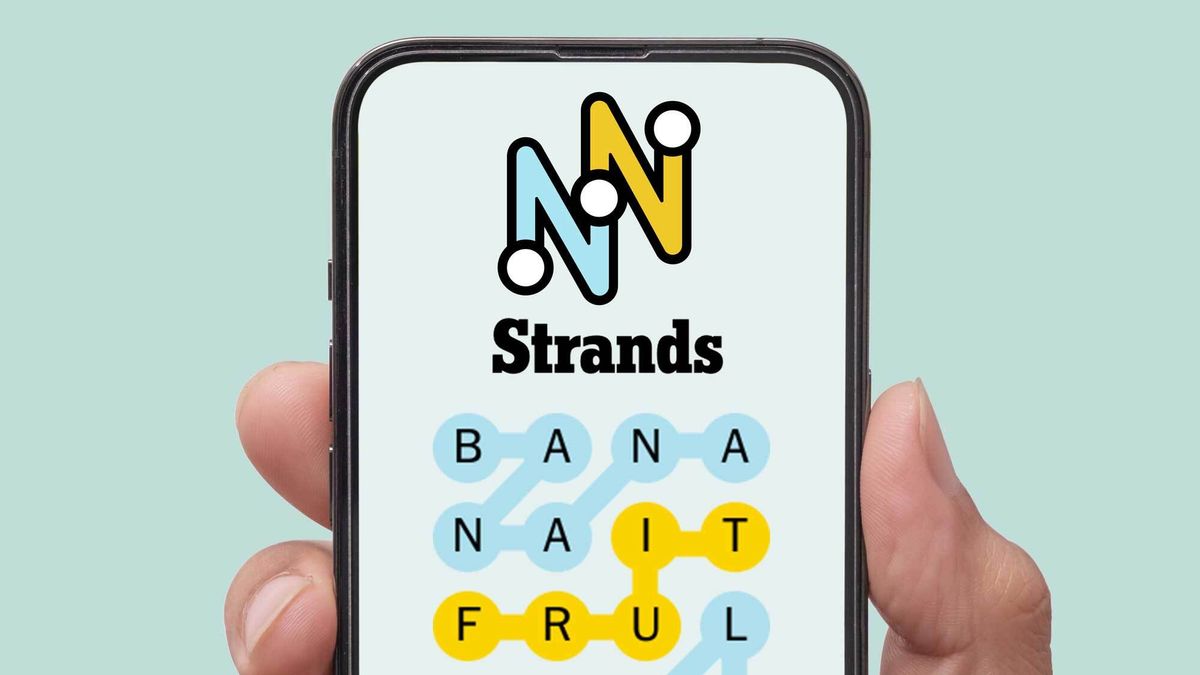









 English (US) ·
English (US) ·